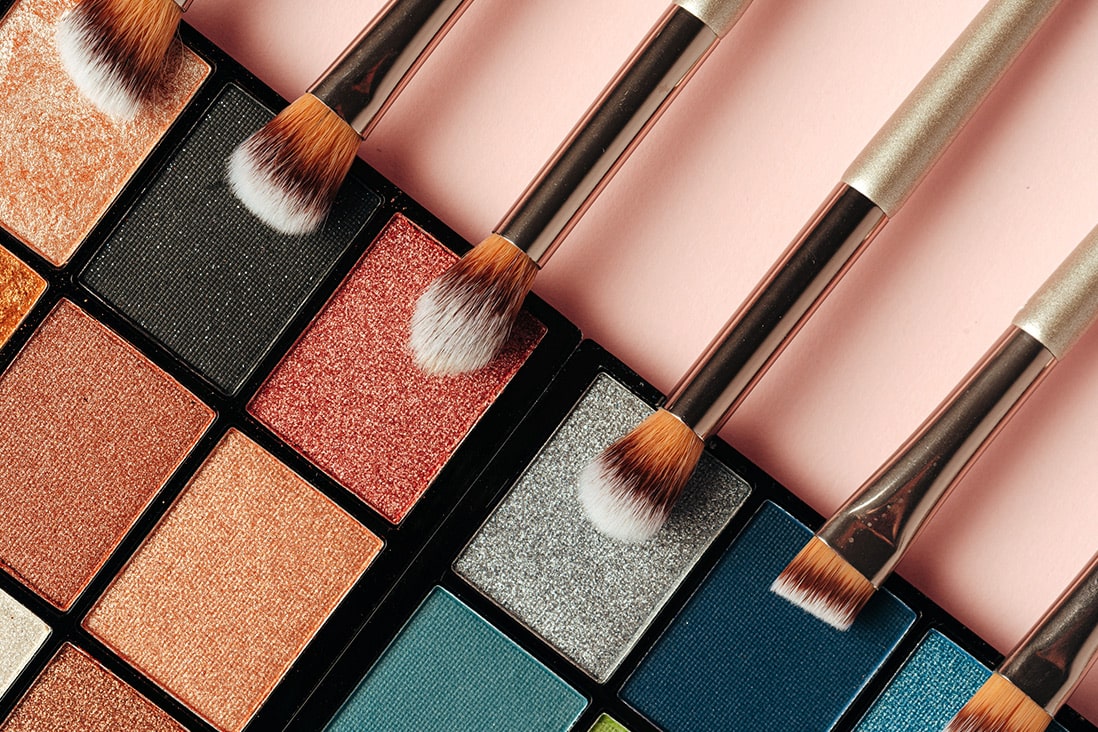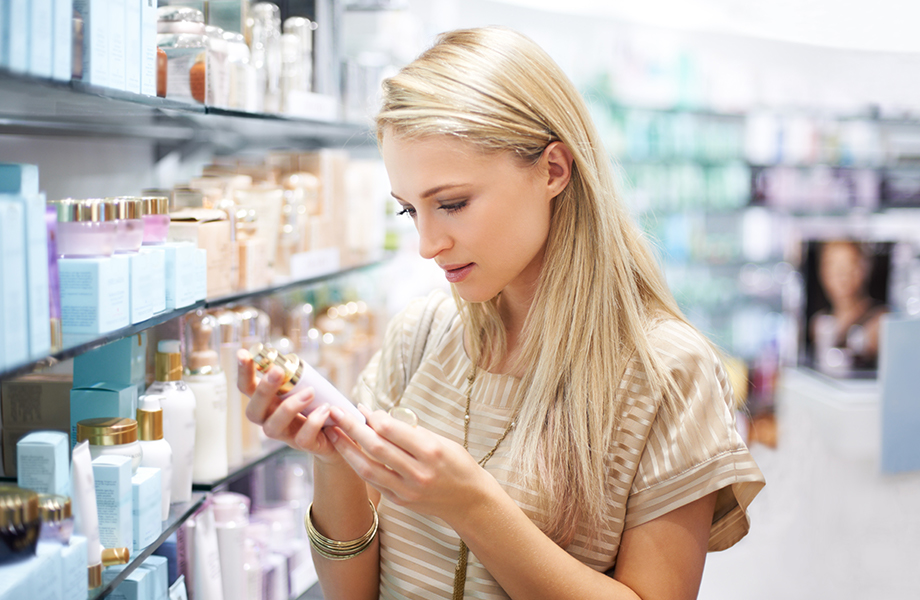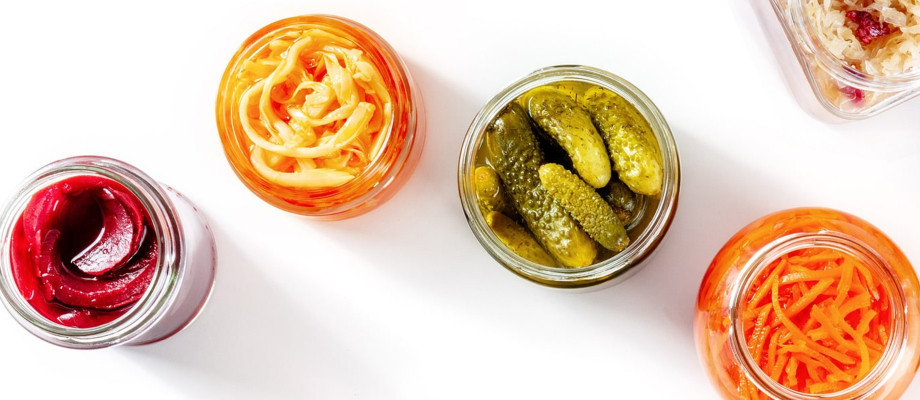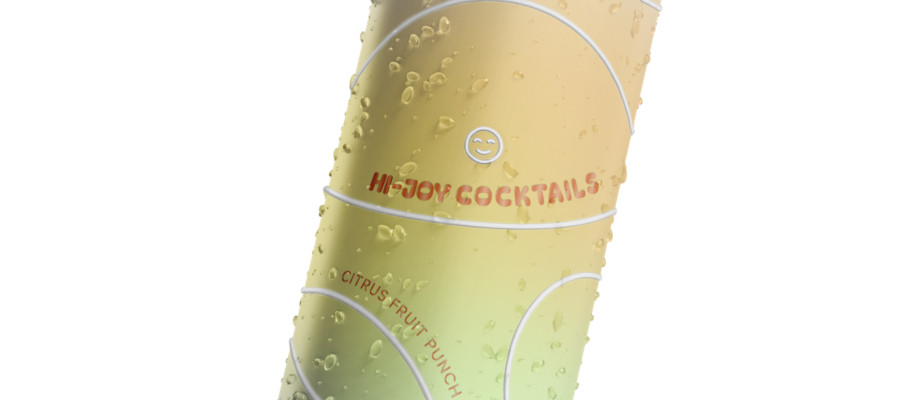4 health and beauty labeling trends to watch out for in 2018

2018 will be a big year for health and beauty labelers. With emerging label technologies, product manufacturers can capitalize on opportunities to improve security, and even engage customers post-sale. A shift toward greener label materials is an opportunity for brands to help the environment, while attracting environmentally-conscious consumers. And, as always, eye-catching design remains top-of-mind as we move into 2018.
Let’s explore four cosmetic and health labeling trends you need to keep an eye on in the new year:
1. Greater adoption of NFC tags to increase mobile engagement and brand loyalty
Customer engagement has always been a top concern for brands. Mintel predicts mobile engagement will serve an increasingly important role in brand engagement and loyalty strategies in 2018.
At the label level, near field communication (NFC) tags are a popular way to leverage mobile engagement for your brand. Customers can use their smart phones to read the NFC tag and access promotional content about your brand in real time from your company’s cloud server. And, because NFC tags are so small, they can be discretely affixed to even the smallest health and beauty products, whether it’s lip balm, face wash or a compact.
The opportunities NFC labels provide for brand engagement are virtually limitless. Ultimately, these kinds of customer-specific interactions will build trust and loyalty by establishing an open and meaningful dialogue between brand and customer.
A great example of how brands can use this technology is Valmont Cosmetics, a high-end skin care company and early adopter of NFC labeling. A simple call-to-action on each product label directs customers to tap their phone to the NFC label to learn more. The customer is then sent to a product-specific page containing their brand story, related offers and advice on using the product — all of which can be tailored to the specific customer interacting with the label. Valmont can track all interactions with the NFC labels, monitor campaigns and report on their success.
This year, more and more beauty and healthcare brands are likely to use NFC labels to open up a two-way dialogue with their customers, telling their brand story and offering helpful advice about using their products.
2. Expanded use of RFID labels for inventory management, authentication and loss prevention
The anti-counterfeit cosmetic packaging market is expanding at a healthy rate — 16% from 2015 to 2020, according to Allied Market Research. And, as it does, radio frequency identification (RFID) labels are emerging as a leading solution in the healthcare and beauty market, growing at a faster rate than any other segment — 5% by 2020.
While they draw on the same technological principles as NFC labels, RFID labels allow for detection at greater distances. If an RFID label is within about 60 feet of a reader, it can transmit encoded information such as unique, product-level identification.
Like UPC barcodes, RFID labels are used more for product identification than promotion. Although RFID tags are more expensive to produce and encode, they present distinct advantages over barcodes when it comes to inventory management, authentication and retail loss prevention. Radio frequencies eliminate the need for line-of-sight identification, allowing warehouses, retailers and shipping companies to identify and authenticate entire pallets of packaged materials at once.
Especially with high-end cosmetic and healthcare products, the cost of affixing uniquely identifiable RFID tags is easily justified with their traceability, inventory management and loss prevention benefits.
3. Incorporating shrink sleeves in health and beauty labels
Shelf appeal is of paramount performance in health and beauty labeling. Not only must a cosmetic or health label communicate the necessary regulatory information — it must make your product stand out amongst competing products.
Shrink sleeve labels encapsulate the contours of the product packaging, providing maximum real estate for use information and eye-catching graphics. The product then becomes a brand billboard on the shelf, driving product sales.
Because of this —and the tamper-evident benefits they provide— shrink sleeves are growing faster than almost any other flexible packaging segment. From 2013 to 2018, AWA Alex Watson Associates predicts the shrink sleeve label market will grow more than 5%.

4. Companies are making their labels more and more sustainable
From formulation to labeling, customers are coming to expect green products — and are letting sustainability influence their purchasing decisions. Globally, 51% of purchasing decisions rest on features like ecological responsibility, from the overarching brand all the way down to the product level.
According to a beauty survey by Euromonitor, green features are “more salient in purchasing deliberations than low prices and strong brand names.” In 2018, sustainability is more than just responsible — it’s a good business decision.
For health and beauty brands looking to appeal to environmentally-conscious consumers, green labeling is a good place to start. As the global pressure sensitive labeling market grows —an estimated 7 percent between 2016 and 2020— there is expected to be an expanding focus on greener label solutions.
And, with the increasing use of linerless pressure sensitive labels, label manufacturers can save as much as 40% on shipping costs while also using sustainable practices — a feature many consumers are willing to pay a premium for.
Sustainable prime labels are a win-win for cosmetic and healthcare brands, custom label manufacturers, consumers and the environment. Customers want sustainability. Listen, and implement green label designs in 2018.
To stand out in 2018, health and beauty brand owners need to take a comprehensive look at label design — from attracting consumers to tracking products, and even engaging customers after the sale.
Find the best solution that makes the most sense for your brand.
Tags:


